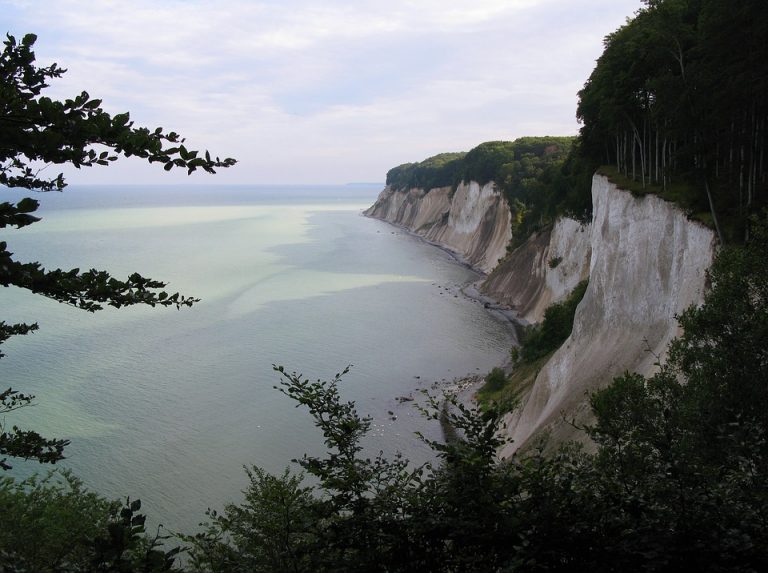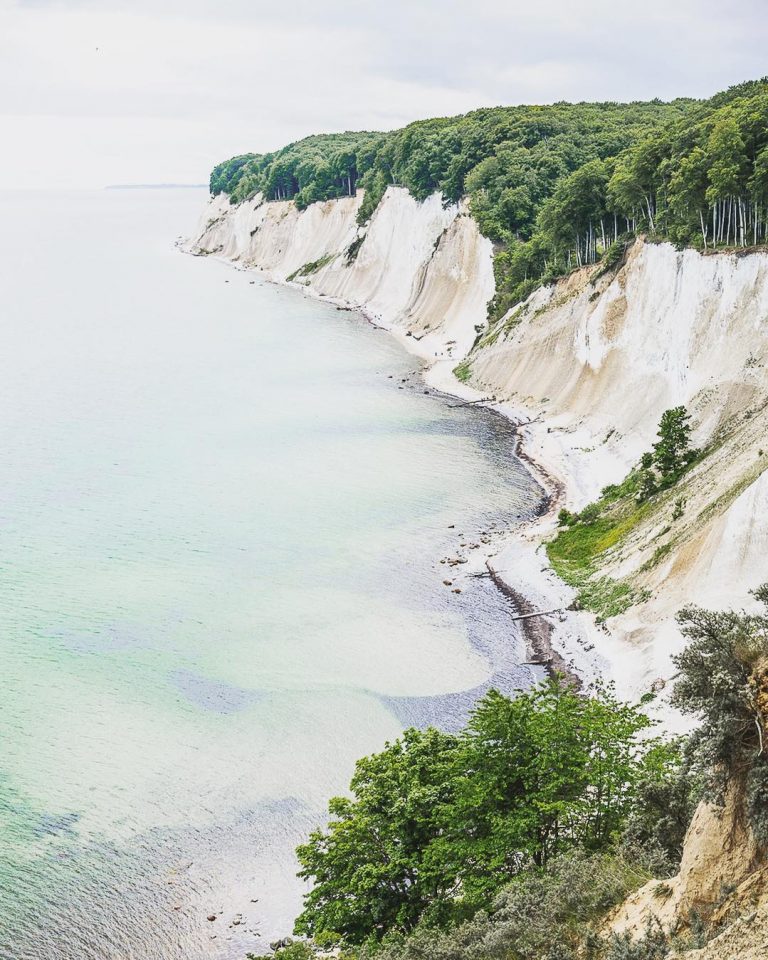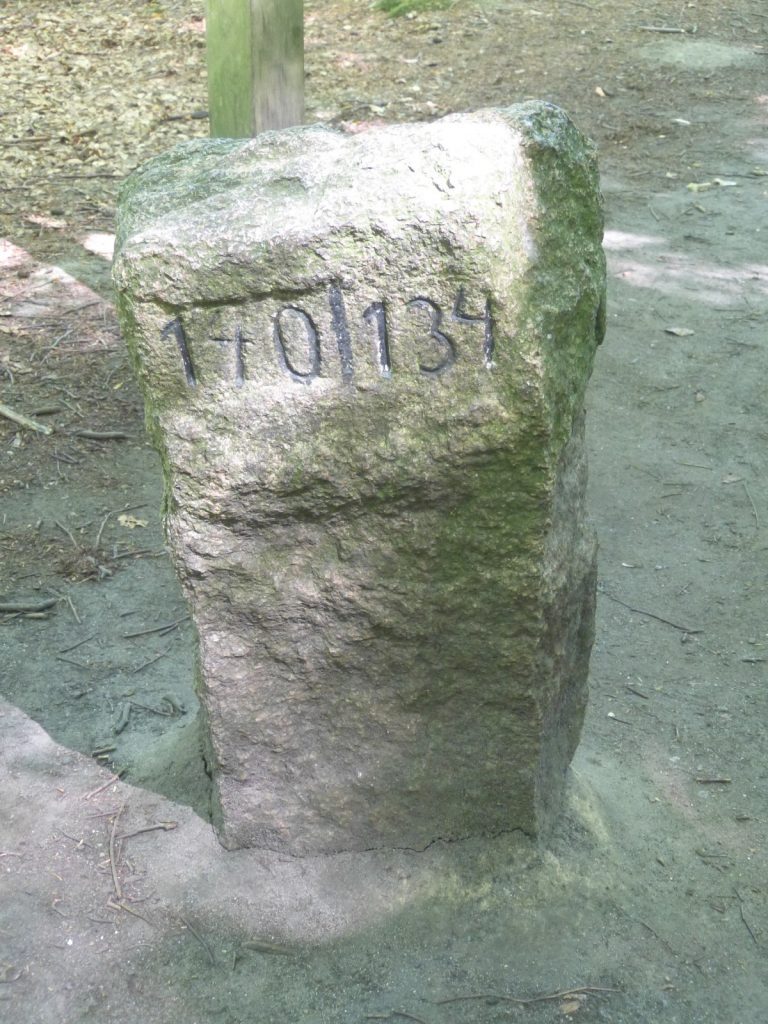LOCATION
Jasmund National Park (German: Nationalpark Jasmund) is a nature reserve on the Jasmund peninsula, in the northeast of Rügen Island in Mecklenburg-Vorpommern, Germany. It is home to the famous Königsstuhl (German = „king’s chair”), one of the largest chalk cliffs in Germany. This cliff and its sisters tower up to 161m (528 ft), overlooking the Baltic Sea. The beech forests behind the cliffs are also part of the national park.
At just 30 km2 (12 sq mi), Jasmund is the smallest national park in Germany. The park was founded in 1990 by the last government of East Germany (GDR) prior to German reunification.
On June 25, 2011 the beech forest in the park was added to UNESCO’s list of World Heritage Sites as an extension of the Primeval Beech Forests of the Carpathians and the Ancient Beech Forests of Germany.
Coordinates: 54°33′07″N 13°37′23″E.

SCENIC CHARACTER
Visitors to Jasmund National Park on Rügen Island can expect a glorious chalk landscape with marshes, wetlands and dry grassland.
Jasmund National Park’s most spectacular feature is without doubt the Königsstuhl chalk cliffs, immortalised by the painter Caspar David Friedrich. The national park also contains beech forests dating back to the 13th century, which grow on the chalky Stubnitz plateau, formed during the last ice age.
The impressive chalk cliffs, which stretch for up to 10km and can reach a height of 161m, are made up of a combination of active and inactive cliffs that illustrate the dynamics of the coastal erosion typical of this region. As well as white chalk used for writing, observant visitors can spot ice-age sediments in the cliff faces and fossils on the beach.
A range of walks, cycle routes, excursions and seminars? offer a variety of ways to explore the region’s beautiful woodlands, such as the South-East Rügen Biosphere Reserve.
The park’s rich flora and fauna include house martins, which breed in the chalk reefs, and the rare sea eagle. But it’s not only the stunning chalk cliffs that make the Stubnitz region well worth a visit.
ATTRACTIONS
Activities
Walking, relaxation, cycling
Shifting the focus away from nature for once, the park rangers run regular tours based on characters from myth and legend, such as the Germanic goddess Hertha and the famous pirate Klaus Störtebecker, who is said to have buried treasure somewhere on the island.
Granitz Hunting Lodge south of Binz and the Racing Roland, Rügen’s narrow-gauge steam railway, are just two examples of the region’s many cultural attractions. Others include the small village of Vitt in Cape Arkona, Sassnitz fishing harbour and fishing museum, the Pirate’s Gorge in Sassnitz, Greifswald municipal museum with its Caspar David Friedrich exhibition, the historical artisan workshops in Gingst and the Grümbke observation tower near Neukirchen.





